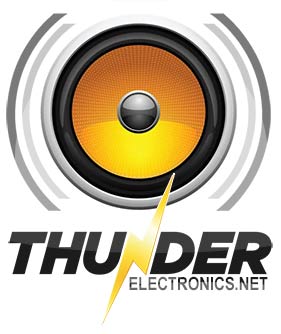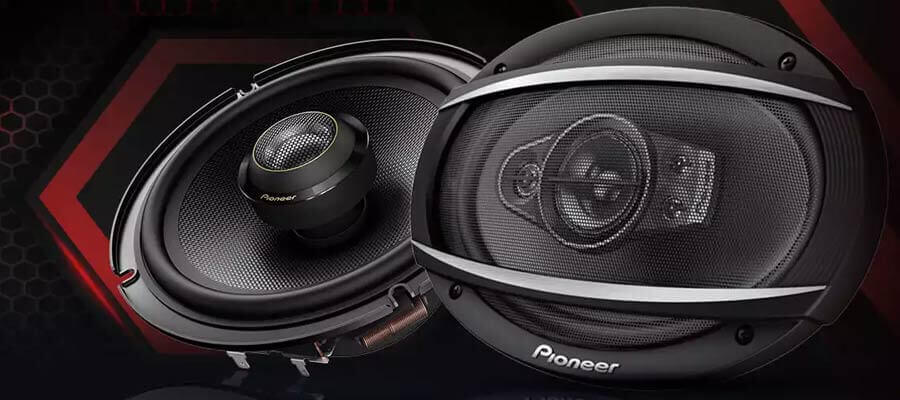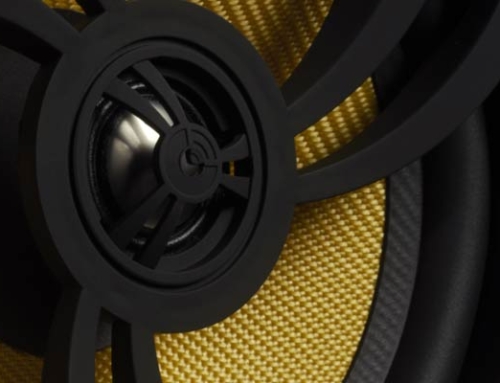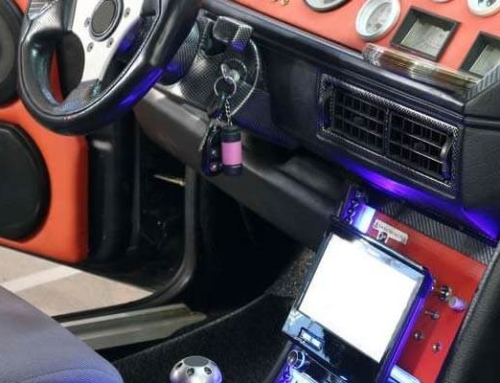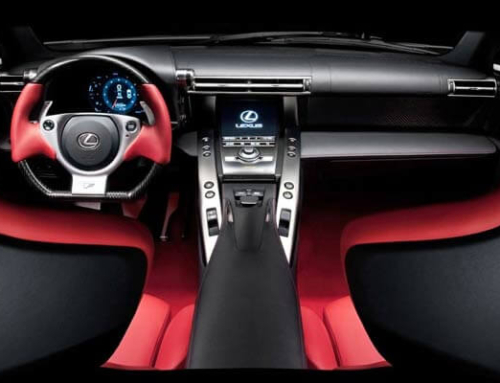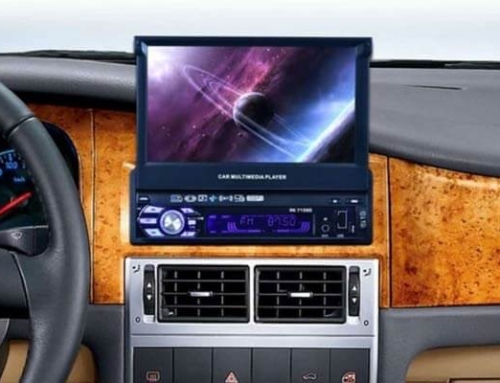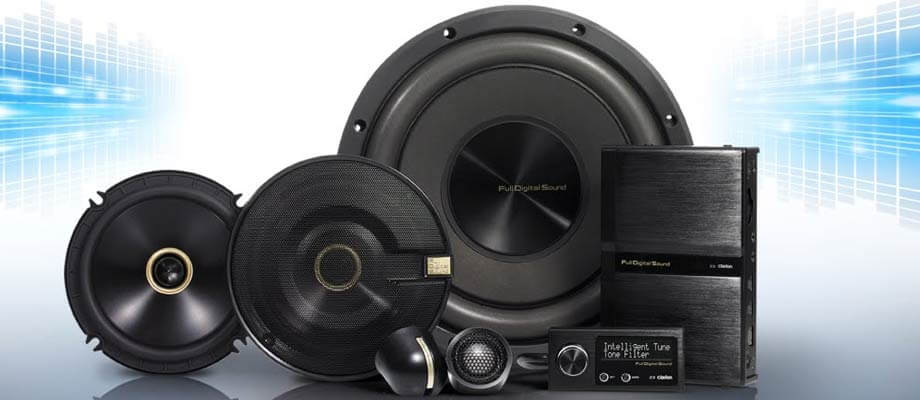
The car audio industry is a constantly changing tech environment, and to be honest, I am not as into car audio as I used to. Clarion was an okay brand back in the day but never an over-the-top leader in technology. While looking for pricing on getting my windows tinted at several audio shops near me, I kept running into Clarion products, some of which are pretty techie and advanced for a brand of such low profile.
One of the most amazing models is the Clarion’s NX706 navigation receiver. Not only does it have a huge and colorful 7-inch touchscreen, but the fact that it has very few buttons around makes it look even bigger. The built-in navigation software powered by iGo Primo gives those with entry-level vehicle navigation maps for most of North America, including Canada as well as Puerto Rico. Unlike cell phone-based navigation be iGo Primo system has over 11 million points of interest, along with 3D mapping that allows realistic views of the terrain you are driving, including buildings and landmarks for many metropolitan areas.
Digital Sound system
Things got pretty interesting when the salesperson approached me and labeled this head unit an audiophile-quality piece! I said to myself this guy is just trying to sell me a radio. He went on to explain that the Clarion NX706 is one of the few head units in the market with a digital optical output. He also explained that you can now build an entire 100% digital sound system with Clarion products.
The way it will work is with the Clarion NX706 as the foundation or a piece and the addition of Clarion’s other digital lineup consisting of a DSP module, self-powered tweeters, self-powered 6 1/2, as well as a self-power 10-inch subwoofer. I said wait a minute. If they are self-powered, they’re not digital. Somewhere along the line, you have to add an amplifier. At this point, I must have looked pretty dumb because the guy looked at me and smiled. He asked to give him a minute as he went to the back and pulled out some literature on the Clarion Z-System.
As he opened the literature, he explained that they are no analog amplifiers but rather a concept developed by Intel called large-scale integration or LSI chip. Each of the six speakers has one of these chips, along with an extremely efficient six-voice coil motor. Furthermore, he went on to show that the only thing connecting the speakers to the DSP module is a twisted 18-gauge cable. Each of the five speakers in the system uses a 100% digital signal to modulate the power supply voltage, which drives the speakers. In effect, the same twisted pair of cables carry the DC voltage along with the digital information. The digital signal is combined directly with the voltage by the LSI chip, and it drives the speaker.
